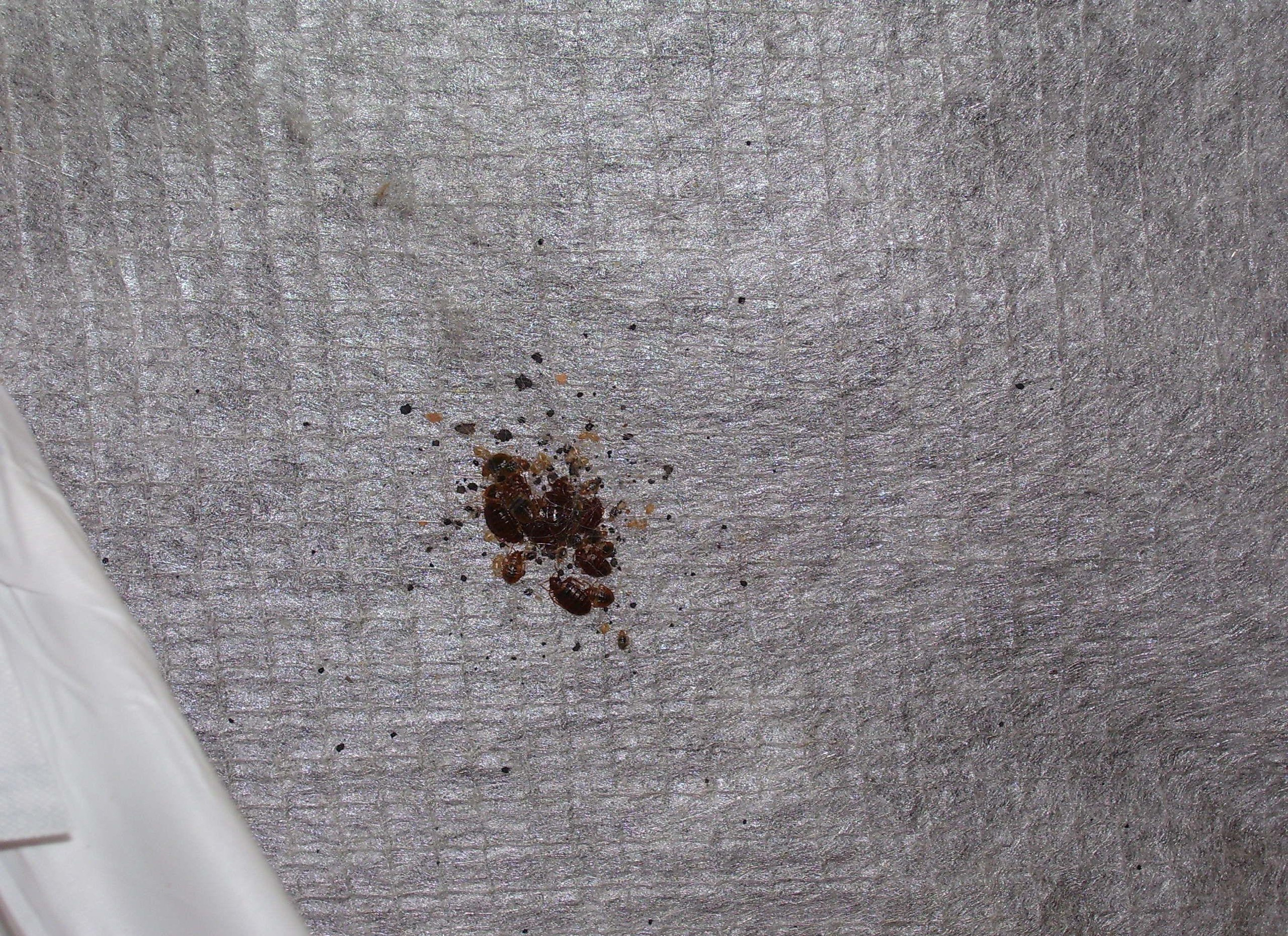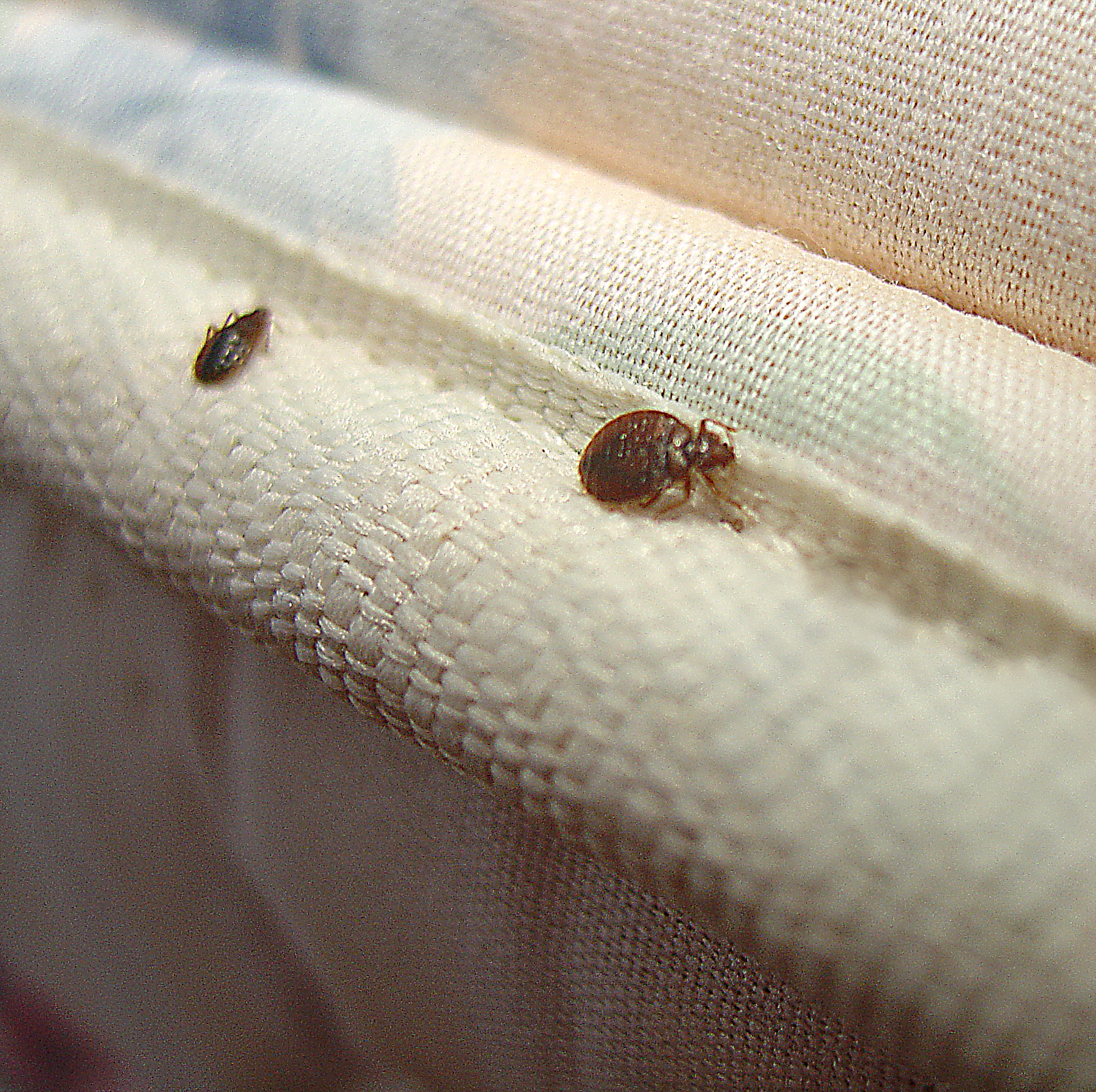Identifying the Black Bugs

Discovering black bugs in your bedroom can be unsettling, but identifying them is the first step towards addressing the problem. Knowing what you’re dealing with helps you understand potential risks and choose the right course of action.
Common Types of Black Bugs
Several types of black bugs commonly infest bedrooms. Identifying them correctly is crucial for effective pest control.
- Bed Bugs: These tiny, reddish-brown insects are often mistaken for black bugs, especially after feeding. They are wingless, flat, and oval-shaped, with a size ranging from 1 to 7 mm. Bed bugs are nocturnal, feeding on human blood while we sleep. Their bites can cause itchy welts, and they are known to multiply rapidly, leading to infestations.
- Carpet Beetles: These small, oval-shaped beetles are usually black or brown, with a size ranging from 2 to 5 mm. Their larvae, known as carpet beetle grubs, are hairy and can cause allergic reactions and skin irritation. Carpet beetles are attracted to natural fibers, including wool, silk, and feathers, and they can infest carpets, furniture, and clothing.
- Cockroaches: Cockroaches are notorious for their adaptability and ability to survive in various environments. While some species are brown or tan, others, like the German cockroach, are dark brown or black, with a size ranging from 1 to 2 cm. They are attracted to food scraps, moisture, and warmth, and they can contaminate surfaces with bacteria and allergens.
- Silverfish: These small, wingless insects are silvery-gray with a teardrop shape, but they can appear black in dim lighting. They are nocturnal and feed on starchy materials like wallpaper paste, book bindings, and even clothing. They are not known to bite humans, but they can cause damage to belongings.
- Earwigs: Earwigs are elongated, reddish-brown insects with pincers at the end of their abdomen. While they are not typically black, they can appear dark brown or black. They are nocturnal and are attracted to moist, dark places. While they are not known to transmit diseases, they can bite defensively, causing pain and irritation.
Sources of Black Bugs
Black bugs can find their way into bedrooms through various pathways:
- Cracks and Gaps: Small openings in walls, floors, and ceilings can provide access for insects, allowing them to enter from outside or adjacent areas.
- Gaps Under Doors: Gaps under doors create an easy entry point for bugs, especially those seeking warmth or moisture.
- Infested Furniture: Used furniture, especially from thrift stores or garage sales, can harbor bugs, bringing them into your home.
- Windows and Screens: Damaged or poorly fitted windows and screens can allow insects to enter your bedroom.
- Travel: Bringing luggage, clothing, or other items from infested areas can introduce bugs into your bedroom.
Health Risks Associated with Black Bugs
The presence of black bugs in your bedroom can pose various health risks:
- Allergies: Some bugs, like cockroaches and carpet beetles, produce allergens that can trigger asthma and other respiratory problems.
- Bites: Certain bugs, including bed bugs and earwigs, bite humans, causing itchy welts and allergic reactions.
- Disease Transmission: Cockroaches and other bugs can carry bacteria and pathogens that can cause food poisoning and other illnesses.
Understanding the Causes of Infestation

Black bugs, while often a nuisance, are rarely a sign of a severe problem. However, their presence can indicate certain conditions in your bedroom that need addressing. Understanding the root causes of these infestations is crucial for effective control and prevention.
Environmental Factors, Black bugs in bedroom
These tiny creatures are attracted to specific conditions, and addressing them can significantly reduce the likelihood of infestation.
- Food Sources: Black bugs, particularly species like carpet beetles, are drawn to organic matter like dust, food crumbs, pet hair, and even dead insects. Regularly vacuuming and cleaning your bedroom, particularly under furniture and in corners, can significantly reduce their food sources.
- Moisture: Black bugs, like silverfish, thrive in humid environments. Excess moisture can come from leaks, condensation, or even inadequate ventilation. Ensure proper ventilation in your bedroom, fix any leaks promptly, and consider using a dehumidifier if needed.
- Clutter: Black bugs find shelter and breeding grounds in cluttered areas. Keeping your bedroom tidy and decluttered can make it less attractive to them.
Structural Factors
Sometimes, the problem lies in the structure of your bedroom.
- Cracks and Gaps: Black bugs can easily enter your bedroom through cracks in walls, gaps around windows and doors, or even holes in the floorboards. Sealing these openings with caulk or weather stripping can effectively prevent them from entering.
Effective Control and Elimination Strategies: Black Bugs In Bedroom

Once you’ve identified the black bugs in your bedroom and understood the causes of their infestation, it’s time to take action. Effective control and elimination strategies are crucial to reclaim your space and prevent future infestations. This section will delve into various methods, offering a comprehensive approach to tackle these unwelcome guests.
Natural Remedies
Natural remedies provide a safer and more environmentally friendly approach to controlling black bugs. These methods are particularly suitable for those who prefer to avoid harsh chemicals in their homes.
- Diatomaceous Earth: This fine powder, made from fossilized diatoms, is a natural insecticide that works by dehydrating insects. Sprinkle it around areas where black bugs are found, paying particular attention to cracks and crevices. However, ensure you use food-grade diatomaceous earth, as the industrial grade can be harmful to humans and pets.
- Essential Oils: Certain essential oils, such as peppermint, tea tree, and eucalyptus, have insecticidal properties. Dilute a few drops of your chosen oil in water and spray it around the affected areas. You can also use essential oil diffusers to create a repellent atmosphere.
- Vacuuming: Regular vacuuming can help remove black bugs and their eggs. Focus on areas where bugs are frequently seen, and be sure to empty the vacuum bag after each use to prevent reinfestation.
- Borax: This naturally occurring mineral can be effective against black bugs. Mix borax with water to create a paste, and apply it to areas where bugs are found. However, exercise caution as borax can be harmful to pets and children.
Chemical Treatments
Chemical treatments offer a more aggressive approach to black bug control. They are often effective in eliminating large infestations, but they can also pose risks to human health and the environment.
- Insecticides: A wide variety of insecticides are available, each targeting specific insect types. Choose a product specifically designed for black bugs, and follow the instructions carefully. Apply insecticides in well-ventilated areas, and wear protective gear during application.
- Pesticide Foggers: Foggers release a fine mist of insecticide that can reach difficult-to-access areas. However, foggers can also be harmful to humans and pets, so it’s essential to evacuate the area during application and allow sufficient time for the fog to settle before returning.
Professional Pest Control Services
When dealing with a severe infestation or if you’re unsure of the best course of action, professional pest control services can be invaluable. These services offer expert knowledge and specialized treatments to effectively eliminate black bugs.
- Inspection and Identification: Professional pest control technicians can accurately identify the type of black bugs you’re dealing with, which is crucial for choosing the right treatment.
- Customized Treatment Plans: Based on the specific infestation, they can develop a customized treatment plan, incorporating a combination of techniques, such as insecticide applications, fumigation, and exclusion measures.
- Long-Term Solutions: Professional services can provide ongoing monitoring and maintenance to prevent future infestations.
Creating a Bug-Free Bedroom Environment
A bug-free bedroom environment requires a multi-pronged approach, encompassing both elimination strategies and preventative measures.
- Thorough Cleaning: Regularly clean your bedroom, focusing on areas where black bugs might hide, such as under beds, behind furniture, and in cracks and crevices.
- Decluttering: Reduce clutter in your bedroom, as this can provide hiding places for black bugs. Keep your bedroom organized and free of unnecessary items.
- Sealing Entry Points: Inspect your bedroom for potential entry points for black bugs, such as gaps around windows, doors, and plumbing. Seal any openings with caulk or weather stripping.
- Proper Storage: Store clothing, linens, and other items in sealed containers to prevent black bugs from accessing them.
- Vacuuming Regularly: Regular vacuuming can help remove black bugs and their eggs, preventing infestations from spreading.
- Wash Bedding Regularly: Wash your bedding in hot water and dry it on high heat to kill any black bugs or eggs that may be present.
